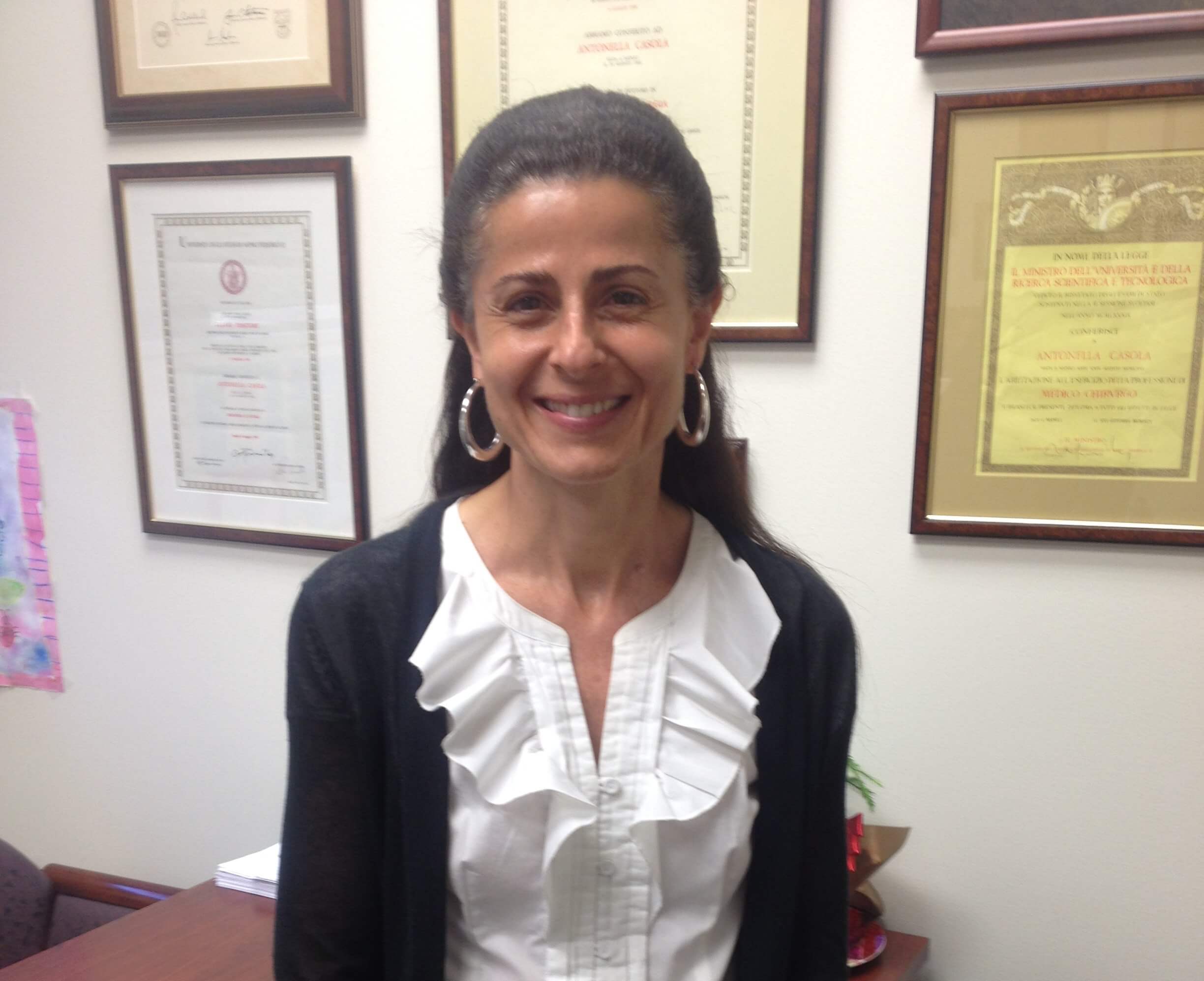Hydrogen Sulfide May Be a Promising Tool in Fighting Highly Infectious Viruses

Scientists may have discovered a promising new tool in the battle against highly infectious viruses such as the influenza virus, Ebola virus, Rift Valley fever virus and others.
A team of researchers from The University of Texas Medical Branch at Galveston found that hydrogen sulfide, which is produced naturally in low concentrations by mammalian cells, was able to hinder the ability of certain viruses to replicate and helped moderate the inflammatory responses of infected cells. The team described their results in a paper published in Scientific Reports.
Dr. Antonella Casola, a professor of in the Department of Pediatrics and infectious disease expert at UTMB, and her collaborators tested a chemical substance that slowly releases hydrogen sulfide against in vitro models of viruses such as influenza, Ebola, Far-eastern subtype tick-borne flavivirus, Rift Valley fever and Crimean-Congo hemorrhagic fever virus. The test showed that the hydrogen sulfide significantly reduced replication of all the tested viruses.
“This is an important discovery because it shows that there are naturally generated mechanisms of defense which could be boosted to protect humans against a variety of pathogens and open new avenues in our constant battle against old and newly emerging infectious diseases,” Casola said.
While Food and Drug Administration-approved antiviral treatments are available for influenza virus, which is estimated to affect about 15 percent of the world population, there are challenges to current drugs. There are no FDA-approved treatments for the other highly pathogenic viruses tested. The use of hydrogen sulfide could provide a new path toward finding a treatment.
“These are exciting results and suggest the use of hydrogen sulfide should be further explored as a potential therapeutic, as we previously reported with other viruses that cause respiratory infections,” Casola said.
Other authors included Nikolay Bazhanov, Olivier Escaffre, Alexander N. Freiberg and Roberto P. Garofalo.




